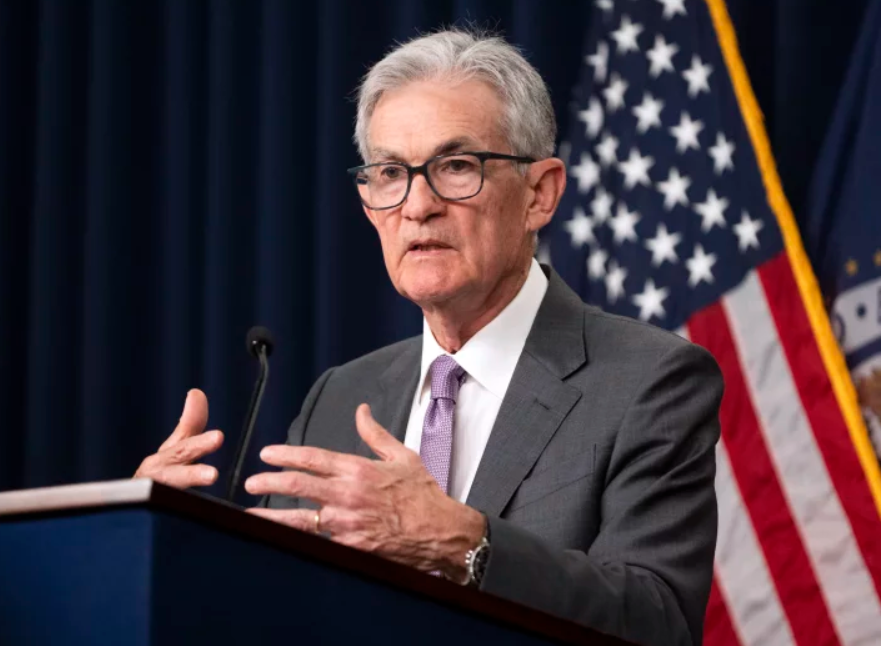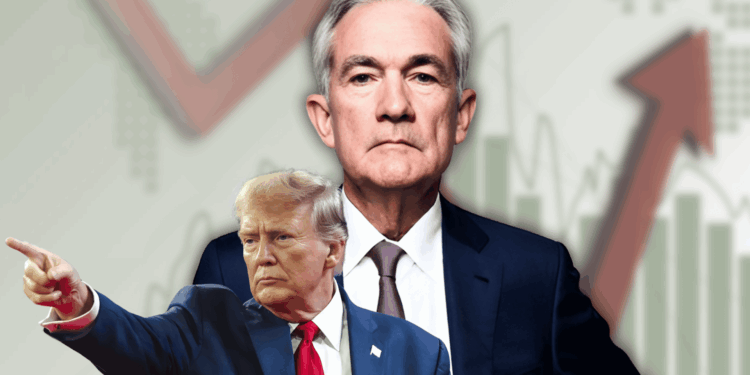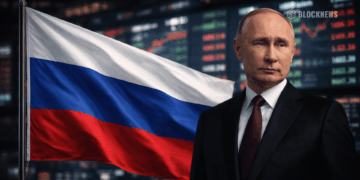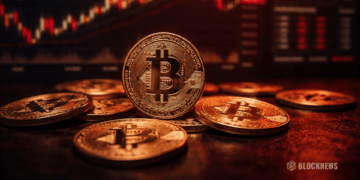- The Federal Reserve kept interest rates steady at 4.25%-4.5% amid economic uncertainty and trade policy shifts.
- Trump’s tariffs complicate the Fed’s dual mandate, raising concerns about potential stagflation.
- Despite steady job growth, inflation risks remain as traders speculate on potential rate cuts later this year.
The Federal Reserve opted to keep its key interest rate unchanged on Wednesday, leaving it at 4.25% to 4.5% as it waits to see how trade policy shifts and a shaky economy play out. It was a move that came as little surprise, given the mounting uncertainty swirling around the political and economic landscape.
The post-meeting statement acknowledged the volatility: “Uncertainty about the economic outlook has increased further,” it read. “The Committee is attentive to the risks to both sides of its dual mandate and judges that the risks of higher unemployment and higher inflation have risen.”
Fed Chair Jerome Powell is expected to address the elephant in the room — tariffs — during his post-meeting press conference, though the statement itself sidestepped any direct mention.
Tariffs Add Complications to Fed’s Dual Mandate
Navigating the Fed’s dual mandate of full employment and price stability has become trickier as Trump’s tariff push continues to muddy the waters. The risk of stagflation, a mix of stagnant growth and rising prices not seen since the 1980s, now looms on the horizon.
Trump’s broad 10% tariffs on imports, along with threats of more targeted “reciprocal” duties, have thrown a wrench into economic forecasts. The U.S. economy contracted by 0.3% in Q1, a dip attributed to reduced consumer and government spending paired with a rush of imports ahead of the tariff deadlines.
Despite this, job growth held steady. April saw 177,000 new nonfarm payrolls, keeping the unemployment rate at 4.2%. The Fed’s statement noted that “swings in net exports have affected the data,” while maintaining that the economy “has continued to expand at a solid pace.”
Inflation, Market Volatility, and Rate Cut Speculation
Inflation remains a wildcard, teetering close to the Fed’s 2% target but with tariffs potentially adding upward pressure on prices. The central bank’s preferred inflation gauge showed a headline rate of 2.3% in April, with core inflation (excluding food and energy) at 2.6%.
Trump has been vocal, urging the Fed to cut rates as inflation has eased. But with tariff threats looming, Powell and his team opted to hold rates steady for now, a decision that was unanimous among committee members.

Market reactions have been mixed. Traders heading into the meeting saw little chance of a rate cut in June, with expectations of three cuts by year-end. But as the trade war saga drags on and economic signals remain muddled, those predictions could shift dramatically in the coming months.














